Much of the planet is swimming in discarded plastic, which is harming animal and possibly human health. Can it be cleaned up?
Plastic pollution has become one of the most pressing environmental issues, as rapidly increasing production of disposable plastic products overwhelms the world’s ability to deal with them. Plastic pollution is most visible in developing Asian and African nations, where garbage collection systems are often inefficient or nonexistent. But the developed world, especially in countries with low recycling rates, also has trouble properly collecting discarded plastics. Plastic trash has become so ubiquitous it has prompted efforts to write a global treaty negotiated by the United Nations.
How did this happen?
Plastics made from fossil fuels are just over a century old. Production and development of thousands of new plastic products accelerated after World War II, so transforming the modern age that life without plastics would be unrecognizable today. Plastics revolutionized medicine with life-saving devices, made space travel possible, lightened cars and jets—saving fuel and pollution—and saved lives with helmets, incubators, and equipment for clean drinking water.
The conveniences plastics offer, however, led to a throw-away culture that reveals the material’s darkside: today, single-use plastics account for 40 percent of the plastic produced every year. Many of these products, such as plastic bags and food wrappers, have a lifespan of mere minutes to hours, yet they may persist in the environment for hundreds of years.
Plastics by the numbers.
Some key facts:
Half of all plastics ever manufactured have been made in the last 15 years.
Production increased exponentially, from 2.3 million tons in 1950 to 448 million tons by 2015. Production is expected to double by 2050.
Every year, about 8 million tons of plastic waste escapes into the oceans from coastal nations. That’s the equivalent of setting five garbage bags full of trash on every foot of coastline around the world.
Plastics often contain additives making them stronger, more flexible, and durable. But many of these additives can extend the life of products if they become litter, with some estimates ranging to at least 400 years to break down.
How plastics move around the world.
Most of the plastic trash in the oceans, Earth’s last sink, flows from land. Trash is also carried to sea by major rivers, which act as conveyor belts, picking up more and more trash as they move downstream. Once at sea, much of the plastic trash remains in coastal waters. But once caught up in ocean currents, it can be transported around the world.
On Henderson Island, an uninhabited atoll in the Pitcairn Group isolated halfway between Chile and New Zealand, scientists found plastic items from Russia, the United States, Europe, South America,Japan, and China. They were carried to the South Pacific by the South Pacific gyre, a circular ocean current.
Microplastics.
Once at sea, sunlight, wind, and wave action break down plastic waste into small particles, often less than one-fifth of an inch across. These so-called microplastics are spread throughout the water column and have been found in every corner of the globe, from Mount Everest, the highest peak, to the Mariana Trench, the deepest trough. Microplastics are breaking down further into smaller and smaller pieces. Plasticmicrofibers,meanwhile, have been found in municipal drinking water systems and drifting through the air.
Harm to wildlife.
Millions of animals are killed by plastics every year, from birds to fish to other marine organisms. Nearly 700 species, including endangered ones, are known to have been affected by plastics. Nearly every species of seabird eats plastics.
Most of the deaths to animals are caused by entanglement or starvation. Seals, whales, turtles, and other animals are strangled by abandoned fishing gear or discarded six-pack rings. Microplastics have been found in more than 100 aquatic species, including fish, shrimp, and mussels destined for our dinner plates. In many cases, these tiny bits pass through the digestive system and are expelled without consequence. But plastics have also been found to have blocked digestive tracts or pierced organs, causing death. Stomachs so packed with plastics reduce the urge to eat, causing starvation.
Plastics have been consumed by land-based animals, including elephants, hyenas, zebras, tigers, camels, cattle, and other large mammals, in some cases causing death.
Tests have also confirmed liver and cell damage and disruptions to reproductive systems, prompting some species, such as oysters, to produce fewer eggs. New research shows that larval fish are eating nanofibers in the first days of life, raising new questions about the effects of plastics on fish populations.
Stemming the plastic tide.
Once in the ocean, it is difficult—if not impossible—to retrieve plastic waste. Mechanical systems, such as Mr. Trash Wheel, a litter interceptor in Maryland’s Baltimore Harbor, can be effective at picking up large pieces of plastic, such as foam cups and food containers, from inland waters.
The solution is to prevent plastic waste from entering rivers and seas in the first place, many scientists and conservationists—including the National Geographic Society—say. This could be accomplished with improved waste management systems and recycling, better product design that takes into account the short life of disposable packaging, and reduction in manufacturing of unnecessary single-use plastics.
The numbers are truly horrifying aren´t they! It can get really depressing to read about all of this bad stuff that is going on but as I keep saying I am trying to spread the word about using less single use plastics, changing to glass and cans where possible and making a lot of products at home!
There is a group of people that is ever increasing and it´s great that our younger generation is very active on this subject, maybe they can persuade their parents to adapt a little, take a few minutes more to think about what they buy and the impact it will have on the environment for their grandkids! It is the responsibility of the governments of all countries around the globe to initiate the tide of change and educate their people about how precious are planet is and what we SHOULD ALL BE DOING to at least put a brake on the decline.
Yes, the big companies will continue to produce plastic, but they should be MADE to at least make a plastic that can be recycled, not broken down and made into something else or incinerated.
The blog song for today is " Hold on tight to your dream" by Electric Light Orchestra
TTFN


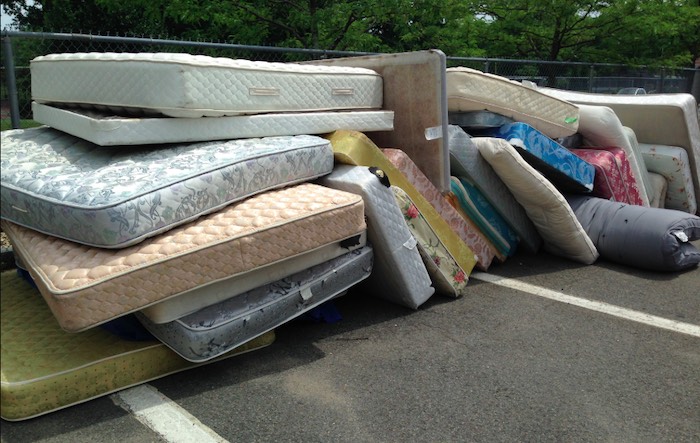

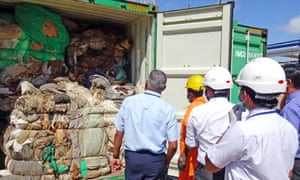
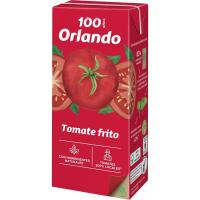 350ml 0,66c (1,89 a kilo)
350ml 0,66c (1,89 a kilo)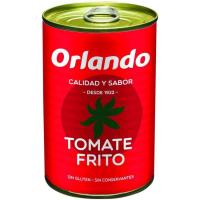 400g 0,74c (1,85 a kilo)
400g 0,74c (1,85 a kilo)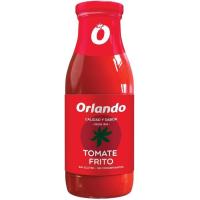 500g 1,09 (2,18 a kilo)
500g 1,09 (2,18 a kilo)
